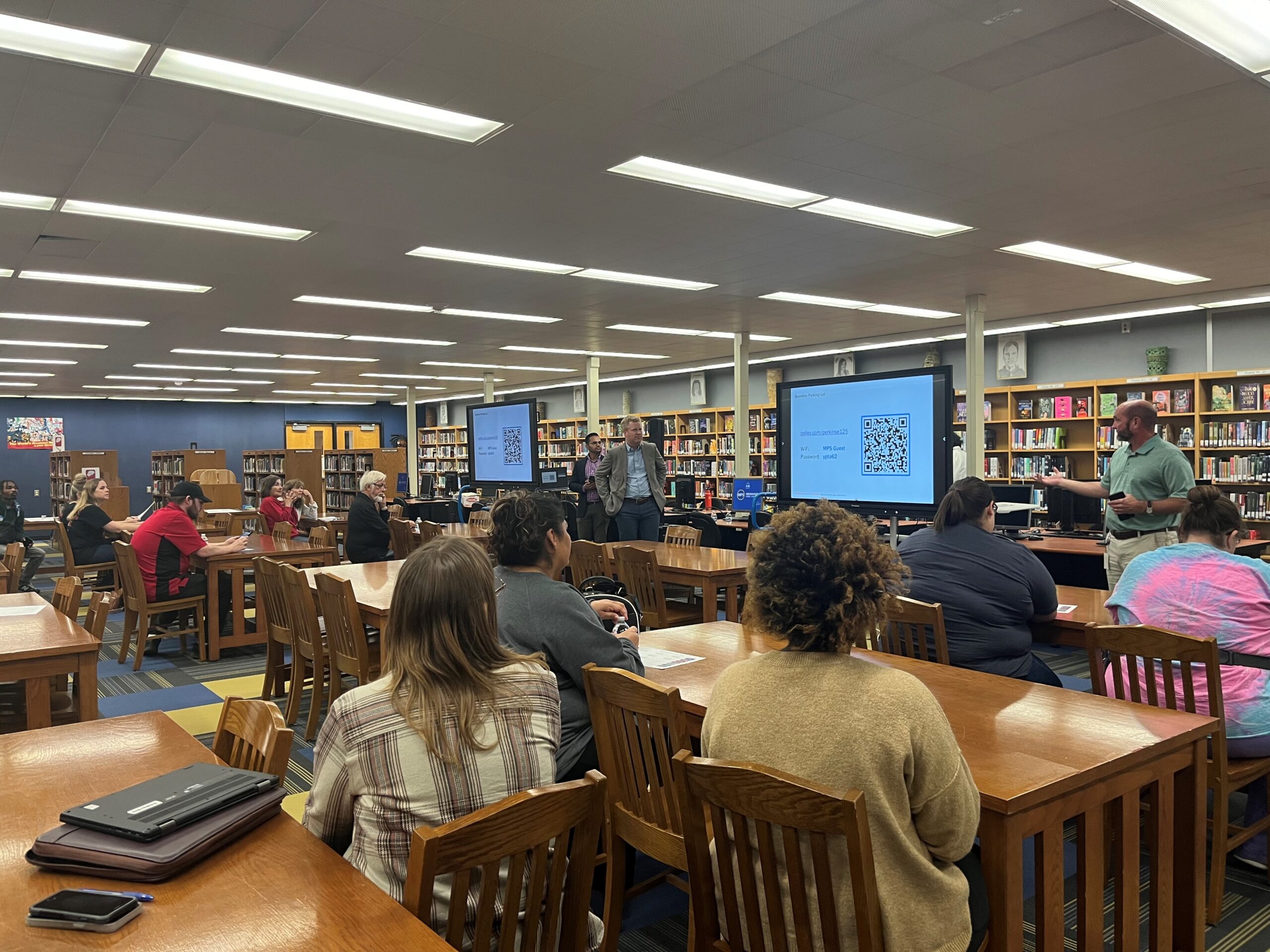MPS School Closing Wednesday: What You Need To Know
MPS School Closing Wednesday: What You Need To Know - Here are some common questions about MPS school closing Wednesday: We invite you to share your thoughts and experiences in the comments section below. Your feedback is valuable in helping us improve and provide better support for the community. Additionally, feel free to explore other articles on our website for more insights into education and related topics.
Here are some common questions about MPS school closing Wednesday:
Clear and timely communication is key to managing MPS school closing Wednesday effectively. Schools must ensure that parents, students, and staff are informed about closures and any related changes in a timely manner.
A: Parents are typically notified through multiple channels, such as email, text messages, and social media. Schools also provide updates on their official websites and through local news outlets.
For students, school closures can disrupt their learning process and lead to gaps in knowledge. Teachers must work closely with students to ensure they do not fall behind in their studies. This may involve providing additional resources, such as online lessons or supplementary materials, to support continued learning.

Despite MPS school closing Wednesday, it is essential to maintain academic progress. Schools can adopt various strategies to ensure that students continue learning during closures.

Participating in vaccination programs can further protect the school community from infectious diseases. Schools can collaborate with local health departments to organize vaccination drives and educate the community about their importance.
This article aims to provide comprehensive information about MPS school closing Wednesday, including the latest updates, expert advice, and practical solutions for parents, students, and teachers. By the end of this article, you will have a clearer understanding of the situation and how to prepare for such events in the future.
MPS school closing Wednesday can be a challenging experience for students, parents, and educators. However, with proper planning and communication, the impact of these closures can be minimized. By understanding the reasons behind school closures, implementing effective strategies, and fostering community collaboration, we can ensure that students continue to receive quality education even during disruptions.
In the wake of pandemics or widespread illnesses, schools may close to prevent the spread of disease. The Centers for Disease Control and Prevention (CDC) recommends that schools implement measures to protect the health of students and staff during such outbreaks. This may include temporary closures, remote learning, or enhanced sanitation protocols.
Parents and guardians may face economic challenges when schools close unexpectedly. Many rely on school schedules to plan their workdays, and last-minute closures can result in lost income or the need for alternative childcare arrangements. Employers and policymakers must consider these factors when addressing school closure policies.
By exploring these alternatives, schools can provide students with diverse opportunities to engage in learning, even when physical classes are not possible.
A: Students can engage in remote learning activities, complete assigned homework, or explore supplementary resources provided by their teachers. Encouraging independent study and creative projects can also help maintain academic progress.